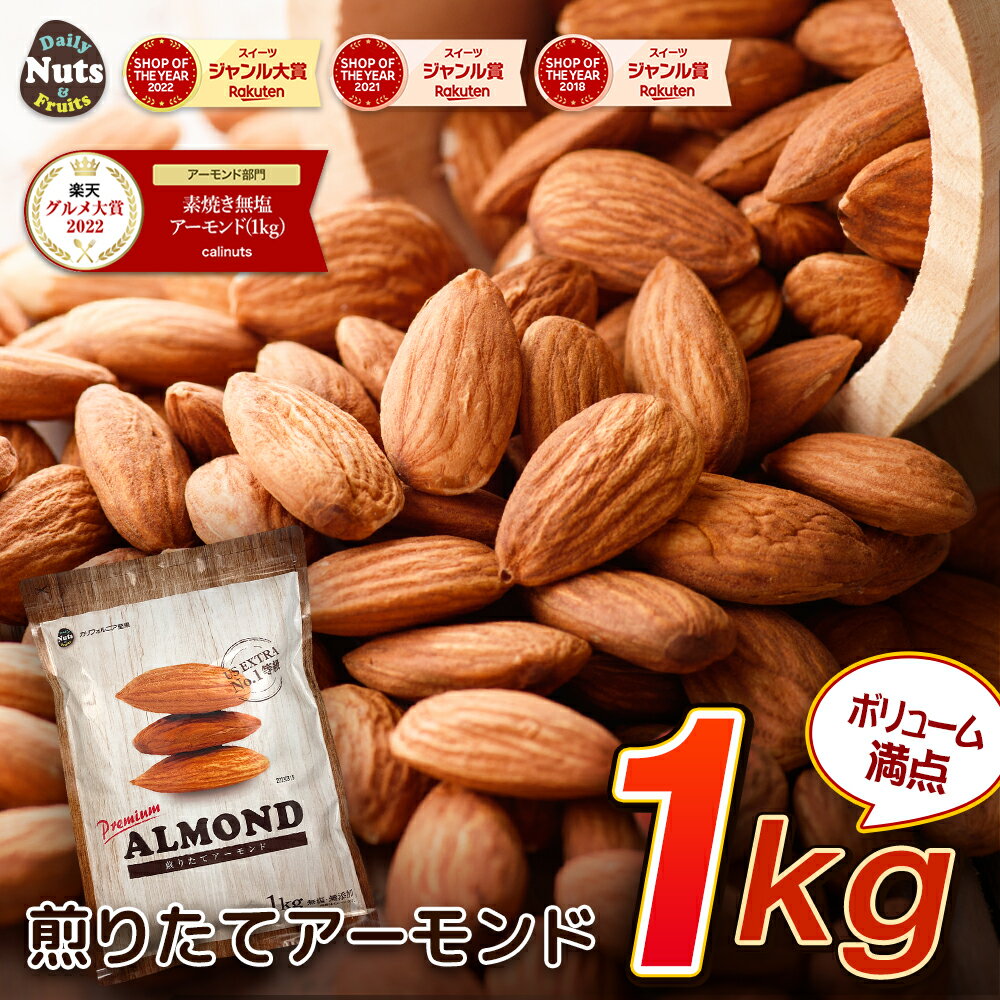論文No3750
Peripheral Administration of Norepinephrine
A PROSPECTIVE OBSERVATIONAL STUDY
Jason R. Yerke,Eduardo Mireles-Cabodevila,Alyssa Y. Chen,...Lynne Kokoczka,Siddharth Dugar,Ajit Moghekar
CHEST, VOLUME 165, ISSUE 2, P348-355, FEBRUARY 2024.
<背景>
歴史的に、ノルエピネフリンの投与は中心静脈カテーテル(CVC)を介して行われてきた。
これは、末梢静脈カテーテル(PIVC)からの漏出が生じた場合の虚血性組織傷害のリスクに対する懸念からである。
最近、ノルエピネフリンの末梢投与が安全である可能性を示唆する報告がいくつかなされている。
<研究課題>
ノルエピネフリン末梢投与のプロトコールは、CVCの使用日数およびCVC留置頻度を安全に減少させることができるか?
<研究デザインと方法>
本研究は、4次医療機関である学術医療センターの医療ICUで実施された前向き観察コホート研究である。
末梢ノルエピネフリン投与のプロトコールが作成され、研究施設の医療ICUで実施された。
このプロトコールは、事前に規定された基準を満たす患者への使用が推奨されたが、担当臨床医の裁量で使用された。
2019年2月から2021年6月までにPIVCを介してノルエピネフリンを投与された医療ICUに入院したすべての成人患者を対象とした。
<結果>
主要アウトカムは、患者1人あたりの回避されたCVC使用日数であり、
副次的安全性アウトカムは、血管外漏出イベントの発生率であった。
635例がノルエピネフリンの末梢投与を受けた。
患者1人当たりのCVC使用回避日数の中央値は1日(四分位範囲、0~2日)であった。
最初のノルエピネフリン曝露としてノルエピネフリンの末梢投与を受けた患者603人のうち、
311人(51.6%)がCVC挿入を必要としなかった。
ノルエピネフリンの血管外漏出は35人の患者で発生した
(75.8イベント/PIVC注入1,000日[95%CI、52.8~105.4イベント/PIVC注入1,000日])。
ほとんどの血管外浸潤は、組織傷害を引き起こさないか最小限のものであった。
外科的介入を必要とした患者はいなかった。
<解釈>
この研究は、ノルエピネフリンの末梢投与プロトコールを安全に実施することで、
平均的な患者においてCVC 1日を回避できることを示唆しており、51.6%の患者はCVC挿入を必要としなかった。
使用したプロトコールで重大な虚血性組織傷害を経験した患者はいなかった。
これらのデータは、CVCを介したノルエピネフリン投与と比較した
末梢ノルエピネフリン投与の正味の有益性を明らかにするための
ランダム化、プロスペクティブ、多施設共同研究の実施を支持するものである。
Background
Historically, norepinephrine has been administered through a central venous catheter (CVC) because of concerns about the risk of ischemic tissue injury if extravasation from a peripheral IV catheter (PIVC) occurs. Recently, several reports have suggested that peripheral administration of norepinephrine may be safe.
Research Question
Can a protocol for peripheral norepinephrine administration safely reduce the number of days a CVC is in use and frequency of CVC placement?
Study Design and Methods
This was a prospective observational cohort study conducted in the medical ICU at a quaternary care academic medical center. A protocol for peripheral norepinephrine administration was developed and implemented in the medical ICU at the study site. The protocol was recommended for use in patients who met prespecified criteria, but was used at the treating clinician’s discretion. All adult patients admitted to the medical ICU receiving norepinephrine through a PIVC from February 2019 through June 2021 were included.
Results
The primary outcome was the number of days of CVC use that were avoided per patient, and the secondary safety outcomes included the incidence of extravasation events. Six hundred thirty-five patients received peripherally administered norepinephrine. The median number of CVC days avoided per patient was 1 (interquartile range, 0-2 days per patient). Of the 603 patients who received norepinephrine peripherally as the first norepinephrine exposure, 311 patients (51.6%) never required CVC insertion. Extravasation of norepinephrine occurred in 35 patients (75.8 events/1,000 d of PIVC infusion [95% CI, 52.8-105.4 events/1,000 d of PIVC infusion]). Most extravasations caused no or minimal tissue injury. No patient required surgical intervention.
Interpretation
This study suggests that implementing a protocol for peripheral administration of norepinephrine safely can avoid 1 CVC day in the average patient, with 51.6% of patients not requiring CVC insertion. No patient experienced significant ischemic tissue injury with the protocol used. These data support performance of a randomized, prospective, multicenter study to characterize the net benefits of peripheral norepinephrine administration compared with norepinephrine administration through a CVC.


